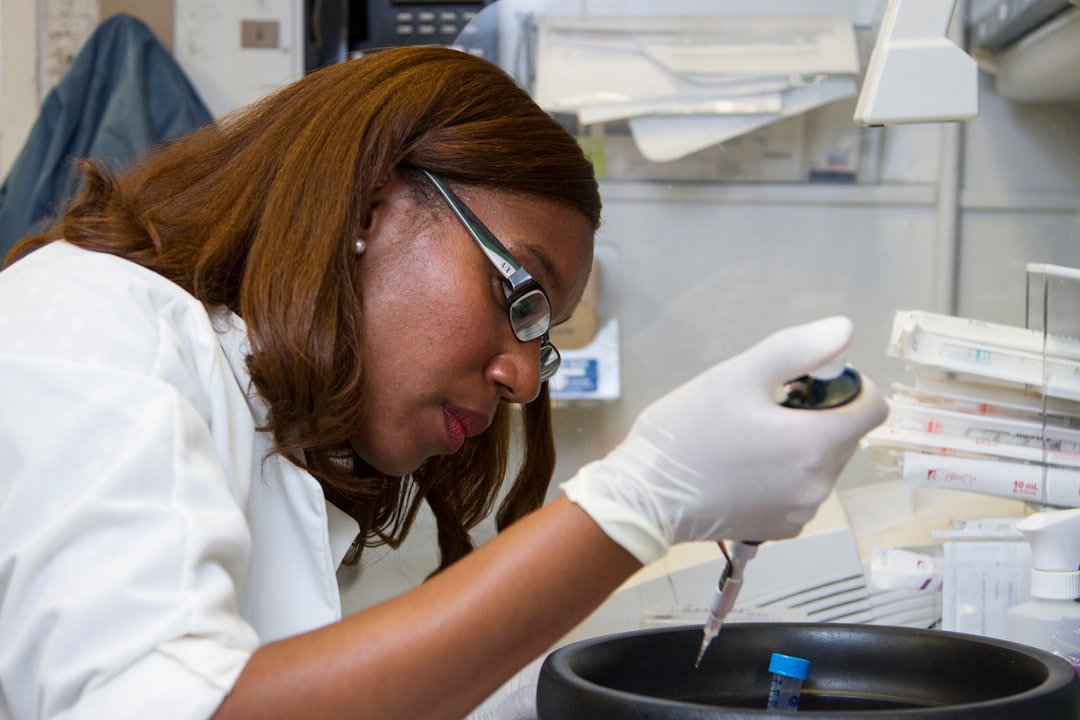What is it about?
A potent drug for HIV prevention was evaluated for activity in human tissue. Rilpivirine, a potent anti-HIV drug can protect rectal tissues at lower concentrations as compared to cervical tissues. This has important implications for the amount of drug needed at each site to prevent HIV infection.
Featured Image
Why is it important?
Our findings show about 10-fold more Rilpivirine is needed to prevent vaginal HIV transmission as compared to rectal transmission. Thus persons engaging in receptive vaginal intercourse may need to use Rilpivirine more frequently than those persons engaging in receptive anal intercourse.
Perspectives
Our data were confirmed in a clinical trial (Lancet HIV 2016 Dec;3(12):e569-e578) evaluating long-acting injections of Rilpivirine and then taking rectal and cervical tissue biopsies to expose to HIV. Rectal tissue had higher Rilpivirine levels and showed protection against HIV challenge while cervical tissue had lower Rilpivirine levels and did not show protection against HIV challenge. This information helps to compare our laboratory models with a clinical setting. It was good to know that our model predicted the clinical outcome, which should help with future drug testing.
Dr Charlene S. Dezzutti
University of Pittsburgh
Read the Original
This page is a summary of: Distinct Pharmacodynamic Activity of Rilpivirine in Ectocervical and Colonic Explant Tissue, Antimicrobial Agents and Chemotherapy, February 2016, ASM Journals,
DOI: 10.1128/aac.00167-16.
You can read the full text:
Contributors
The following have contributed to this page










